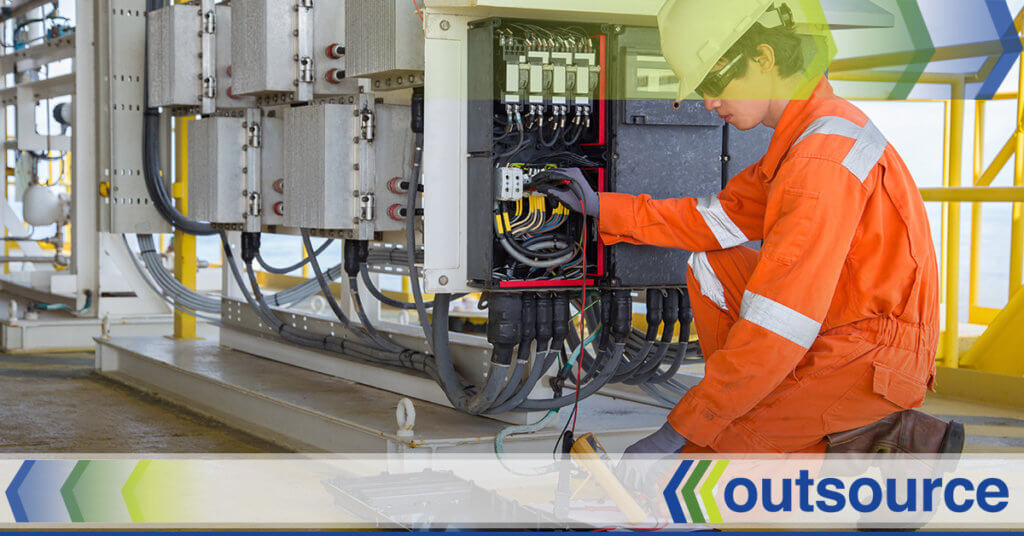
If you’re considering a career as an electrician, you need to understand that a ladder will be included in many of your workdays. If you’re already in the trade, it’s almost a sure thing that you’ll agree.
Ladders are as much a part of an electrician as a stethoscope is of a doctor. The difference is that when ladders are misused, it can lead to a fall that may cause a fatality or a serious injury.
Even if you are an experienced ladder user, it can’t hurt to re-visit some of the best practices for using them safely. If you’re just starting your career, take these suggestions seriously and learn how to be safe when you are several or more feet above the ground:
Read the labels and markings on the ladder
Note the ladder’s load rating and don’t exceed it with the weight it will be supporting, which should include any tools or equipment. Inspect the ladder before using it, and take it out of service if it’s damaged. Ensure that the ladder is free of any slippery material on the rungs or steps.
Use ladders and their accessories–ladder levelers, jacks, or hooks–for their designed purposes. Don’t use a step ladder as a single ladder or in a partially closed position. Be sure that all locks on an extension ladder are engaged before you get on it.
Use a ladder on level and stable surfaces only
Unless it has been secured at the top or bottom, use a ladder only on a firm and level surface. Never place a ladder in any area where other work activities could displace it unless it is secured or protected by a barrier to keep traffic away from it.
Never place a ladder on boxes, barrels, or any other unstable base to get additional height. And don’t shift or move a ladder while a person or equipment is on it.
Do not use the top step or rung of a ladder
Stay off the top step or rung of any ladder unless it was designed for that purpose. Always maintain a 3-point contact (two hands and a foot, or two feet and a hand) on the ladder while climbing. Also, keep your body near the middle of the step and face the ladder.
If you’re using an extension or straight ladder to access an elevated surface, it must extend at least three feet above the point of support. The proper angle for setting up an extension ladder is to place its base a quarter of the working length of the ladder from the wall or vertical surface. Stay off the three top rungs of the ladder.
Watch out for electrical hazards
Check for overhead power lines before setting up a ladder. Never use a metal ladder near power lines or any exposed energized electrical equipment.
Are you looking to enhance your career in a fast-growing field?
Contact the experts at Outsource. We are the largest staffing firm in the nation specializing in the placement of low voltage and electrical talent.

Discover The Power of Real Partnership
Let's talk about the world of possibilities and how we can partner to make them a reality.
Our Latest Resources
What's new in the world of work? Check out the latest highlights, including staffing trends, top insights and more.
Be Ready to Answer These Questions at Your Next Job Interview
Whether this is your first job interview or you've done several already, you will probably find yourself with a case of nerves as it begins...
Maneuvering Your Job Search Through a Pandemic
A global pandemic means times are uncertain, stressful and even a bit frightening. While the COVID-19 outbreak has not only caused a health crisis it has also caused an economic crisis as well...









